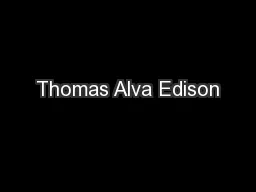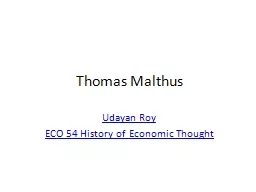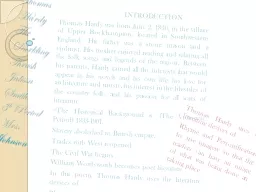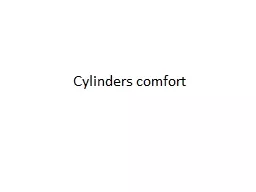PDF-DR THOMAS COMFORT
Author : madeline | Published Date : 2022-08-31
MENISCUS TEAR OF THE KNEE What is a meniscus The meniscus consists of tw o wedge shaped pieces of fibro cartilage that act as shock absorbers
Presentation Embed Code
Download Presentation
Download Presentation The PPT/PDF document "DR THOMAS COMFORT" is the property of its rightful owner. Permission is granted to download and print the materials on this website for personal, non-commercial use only, and to display it on your personal computer provided you do not modify the materials and that you retain all copyright notices contained in the materials. By downloading content from our website, you accept the terms of this agreement.
DR THOMAS COMFORT: Transcript
Download Rules Of Document
"DR THOMAS COMFORT"The content belongs to its owner. You may download and print it for personal use, without modification, and keep all copyright notices. By downloading, you agree to these terms.
Related Documents














